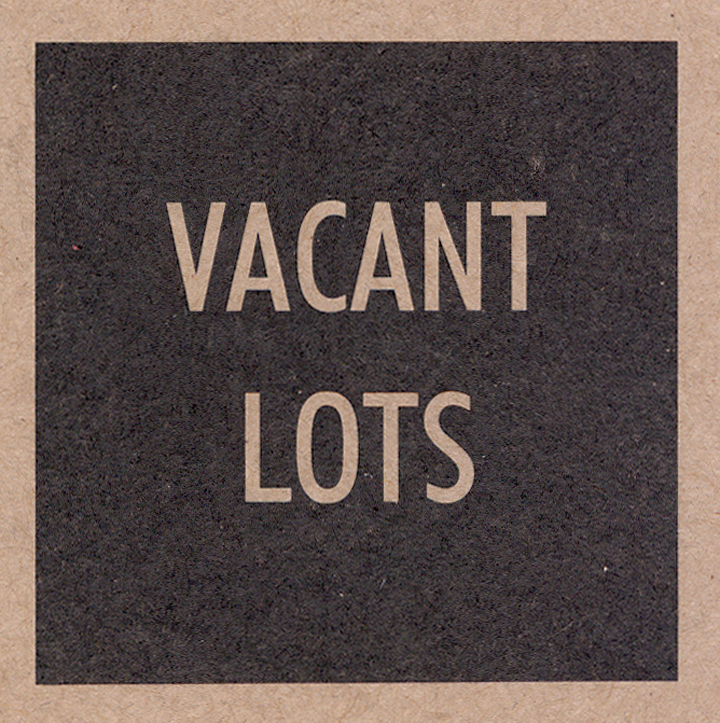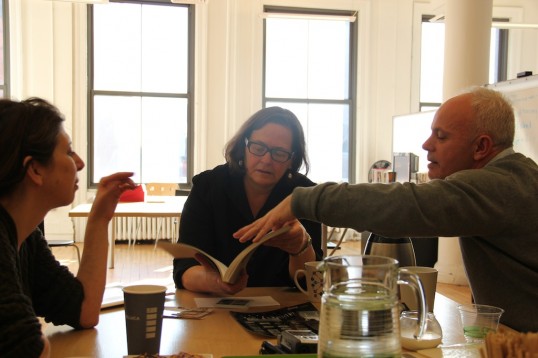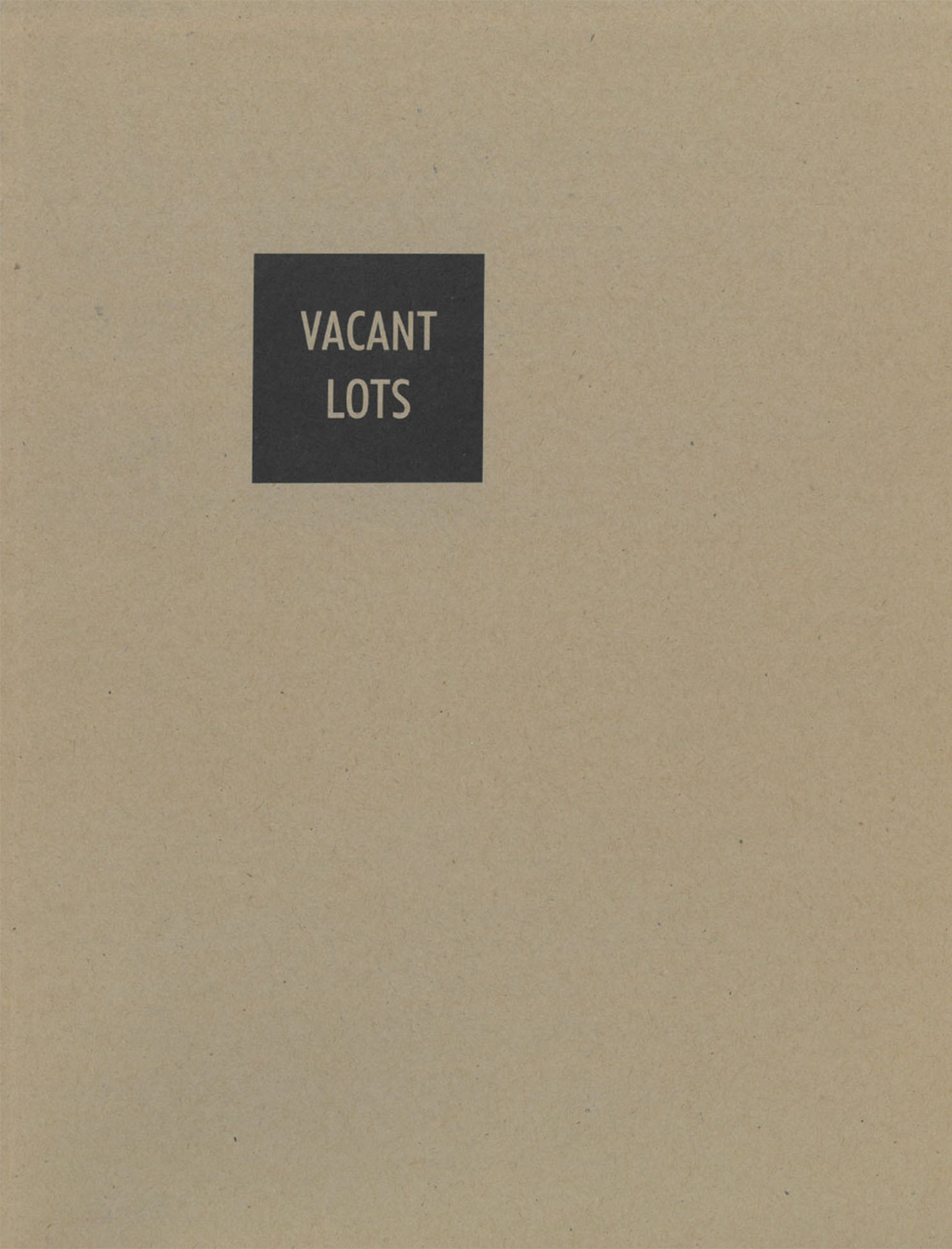Roundtable: Deborah Gans, Rosalie Genevro, Brian McGrath, Mark Robbins, Carol Willis

In 1987, the League collaborated with the New York City Department of Housing Preservation and Development to launch a design study on the potential of small-scale infill housing to contribute to the city’s affordable housing needs. The Vacant Lots project culminated in an exhibition and publication, portions of which are republished here on archleague.org. To view the complete feature on Vacant Lots, click here.
The League recently hosted two conversations with members of the original Vacant Lots organizing committee: on December 14, 2012, with Deborah Gans, Rosalie Genevro, and Brian McGrath; and on January 9, 2013, with Rosalie Genevro, Mark Robbins, and Carol Willis. In these conversations the committee members reflected on a wide range of topics, including the origins of the study project, its goals and aspirations, and the effects it was felt to have on those who participated, on New York City, and on architecture and development. The following is excerpted from those conversations.
“The Vacant Lots project arose out of conversations at a reading group,” whose members included Deborah Gans and Rosalie Genevro, along with herself, Carol Willis remembered. Willis recalled that members of the reading group believed in “the power of architecture to make positive change.” “Although,” she said, “architects themselves were not necessarily well-enough informed about the realities of government programs or of the city’s specific housing needs.”
At the time, Willis explained, her husband, Mark Willis,
“became Deputy Commissioner of Development at HPD and had the responsibility and the challenge of utilizing a huge number of the city’s in rem properties. There were some that were decent buildings, but needed to be rehabilitated. And those were in a special program, with subsidies and other incentives, looking for developers who would be able to rehabilitate those affordable housing units.”
“But a separate part of that in rem program was set aside for properties where the building was either in terrible shape or gone altogether. We talked about them as ‘missing teeth’ in the fabric of the neighborhood. These were Mark’s responsibility at HPD as well, but since the city had a good number of older buildings in decent shape to work with already, the vacant properties were not a high priority. They did recognize, however, that dealing with the empty lots was necessary for community development and to rebuild neighborhoods.“
Rosalie Genevro recalled:
“Neither the City, nor for that matter nonprofits (which were starting to become hugely important as community development mechanisms) — neither of them had the models to deal with this small-scale stuff. So Vacant Lots was meant to offer actual building types that could be used, but also financial models and occupancy models that moved beyond the standard thinking. There needed to be a new way to think about who could develop these small, scattered sites, how they would be used, what they would cost, in addition to what they would look like.”
“This was ten years after the huge fiscal crisis of the mid-1970s,” Brian McGrath noted,
“when a lot of larger scale development, like Battery Park City, was being leveraged. But at the other end, the vacant lots were falling through the cracks, because they were both unprofitable for the market and too small scale for the City to invest new money in. The burden of proof was on us to do the cost-analysis and show that this was realizable.”

Vacant Lots Organizing Committee Members, left to right: Deborah Gans, Rosalie Genevro, Brian McGrath | December 14, 2012
Carol Willis called Vacant Lots a project “predicated on reality.” It was an attempt at productively pairing “the optimism of architects, who have the creativity and the energy to take on such a challenge,” with real pieces of ground and real parameters of regulation and cost to build housing.
“The hope,” Genevro added,
“was that these projects could be developed by small contractors and wouldn’t need to be aggregated or done as huge projects. They could be small insertions. It was an early articulation of the idea of urban acupuncture — that you can do things that don’t have a big impact in and of themselves, but over time, together, are significant.”
“As a paradigm for future endeavors, Vacant Lots had a multiplier effect, which is greater than any narrow goal.”
In addition to trying to provide the city with useful ideas and models, Genevro recalled the sense that there was a whole generation of architects who hadn’t thought about housing. “Matching up smaller sites with younger, less-experienced architects,” she said, “seemed to us to be a good way to both expose those architects to housing issues and give them a chance to apply their skills in a meaningful way.”
Mark Robbins commented that a “very strong part” of getting young architects attentive to issues of housing in New York was getting them “out of Manhattan.”
“Get them out of the standard infill situation, which offered a pretty well rehearsed set of parameters — the street wall, the building envelope. That’s why I think we were very careful to find places outside of Manhattan. In Queens and Brooklyn, you can’t just import European models. It forced us to deal with a more American vernacular. How do you deal with detached or semi-detached houses? How do you deal with courtyards? How do you deal with this particular kind of density?”
“On the one hand,” Deborah Gans offered,
“Vacant Lots engaged younger architects at a scale on which they could think; but it was also strategic, since it wasn’t just about the building, it was about the neighborhood. The way you sustain the neighborhood is by filling in the holes. If you have five empty lots on a block, the whole block collapses. If you fill in those gaps, then you actually create health on a larger scale, much larger than a lot.”
Genevro remembered a great deal of experimentation in the solutions generated through Vacant Lots. “People really took a fundamental look at things,” she explained.
“Bartholomew Voorsanger’s project, for example, implemented a kind of congregate housing model, with a shared kitchen and living room space, and private, unrelated people’s bedrooms around them — not unlike projects proposed in the 2012 Making Room symposium. People chose very different approaches. Bill McDonough decided to rethink the construction process, so he did a scheme with tilt-up concrete slabs that could have been built very quickly and cheaply, and made handsome-looking buildings. Other people, like Marion Weiss and Michael Manfredi, suggested buildings that were simply shells, figuring that residents could self-build some of the interior fixtures, as a way of keeping down the cost.”
Carol Willis feels strongly that the success of Vacant Lots should not be measured in the specific types of units proposed or built. Rather, it was in terms of the degree to which the project was able to raise public and professional awareness about housing in New York, and its ability to offer collaborative study groups as a viable mechanism for pursuing these ideas, that the study was able to make a real contribution. “As a paradigm for future endeavors, Vacant Lots had a multiplier effect, which is greater than any narrow goal.”
“Because of what the League made possible with Vacant Lots and other study projects,” Deborah Gans suggested,
“these types of group exercises somewhat proliferated in the profession. Of course, they don’t all have the same impact as one another, but they’re out there, and these projects have been fundamental to the way I’ve built my own practice. It’s all about finding study projects that can help you build a depth of practice and can be a vehicle with which to start thinking through something that is not complete in itself. I think a lot of architects use them that way.”
Commenting on the relevancy of Vacant Lots today, Rosalie Genevro said that
“as the practice of architecture is changing a lot — the structure of society is changing a lot — the questions in my mind are: what do architects have to offer, and what are the best mechanisms for them to comment on and participate in that change? The traditional model of seeking a client and a commission is not giving you access to that. You are probably not going to get commissioned to change something.”
Study projects offer access to a totally different idea of ‘client,'” Deborah Gans replied.
“You’re not designing for a single individual or even the population in general; rather, you are entering into dialogue with untapped pools of clients. And these are clients not in the sense that they pay you, but in the sense that they have ideas and specific models of living, that inform how you design, and that can inspire you to design in certain ways.”
Gans continued, talking about the strong urge to pursue and participate in social change that she saw in her peers at the time of the Vacant Lots study. “There was a desire to do something different with our generation,” she said, “different than the one before us.” For Gans and her contemporaries, Vacant Lots was both an incubator and a symptom of cultural trends in architecture toward advocacy work.
In his review of the Vacant Lots exhibition, the late Herbert Muschamp wrote about this same idea. He praised the project in The New Republic, expressing the belief that it heralded a new interest among young architects in work with a “moral vision,” turning away from the sort of luxury development that characterized the rest of the 1980s. (Read the entire article here on archleague.org.)
Brian McGrath picked up on the same notion, saying “it all gets back to what the League was bringing to it,” referring to architectural work with a moral imperative. The League gave this work “a greater visibility within the center of the city [and within the design community].” Because it was such an established institution, the League was able to lend work of this nature “a credibility in terms of architecture and design excellence, rather than only for its social mission.” He suggested, “I think the [project bridged the] separation that emerged in the ’70s between designers who saw themselves as “Designers” and designers who saw themselves as social advocates.”
Deborah Gans is the Principal of Gans studio and a full professor in the Architecture School at Pratt Institute.
Rosalie Genevro is the Executive Director of the Architectural League.
Brian McGrath is Research Chair in Urban Design at the School of Constructed Environments, Parsons The New School for Design and the founder and principal of Urban-Interface.
Mark Robbins is the Executive Director of the International Center of Photography; formally dean of the School of Architecture at Syracuse University.
Carol Willis is the founder, director, and curator of The Skyscraper Museum.

